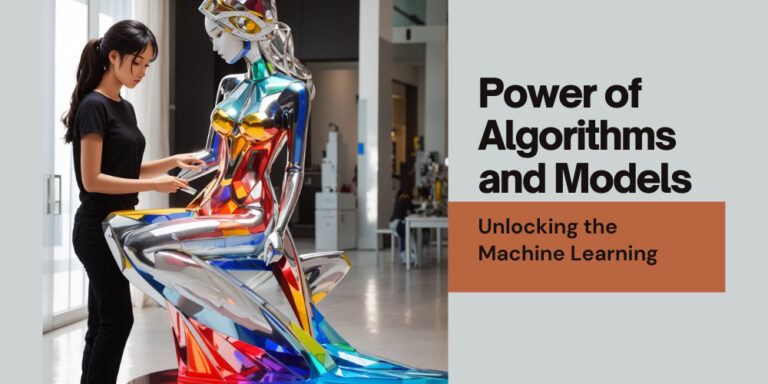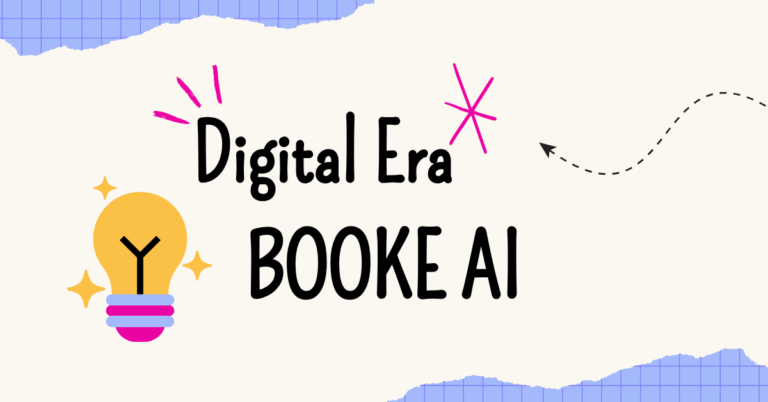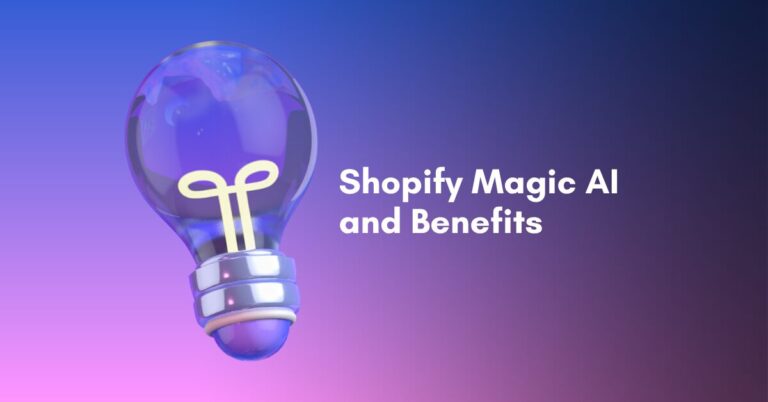Modern Days Work Culture: Adapting to the Changing Landscape
Introduction
In today’s fast-paced world, the landscape of work culture is constantly evolving. The traditional 9-to-5 office job is no longer the norm, and modern work culture has undergone significant transformations. This article explores the various facets of modern-day work culture, shedding light on the trends, challenges, and opportunities that professionals face in this dynamic environment.

The Shift to Remote Work
Embracing the Virtual Office
One of the most significant changes in modern work culture is the widespread adoption of remote work. With advancements in technology, employees can now work from the comfort of their homes or any location with an internet connection. This shift has led to increased flexibility and work-life balance for many individuals.
Challenges of Remote Work
Although remote work comes with numerous benefits, it also presents its own set of challenges. Isolation, communication barriers, and difficulty in maintaining a clear work-life boundary are some of the hurdles employees and employers must navigate.
Modern Days Work Culture
Flexibility and Autonomy
Empowering Employees
Modern work culture encourages flexibility and autonomy in the workplace. Employees are given the freedom to choose their work hours and location, allowing them to better align their personal lives with their professional commitments.
The Gig Economy
The rise of the gig economy is another hallmark of latest work culture. Freelancers and independent contractors now play a crucial role in various industries. This trend offers opportunities for those seeking non-traditional career paths.
Technology’s Influence
The Impact of Automation
Advancements in automation and artificial intelligence have changed the nature of work in many industries. Routine tasks are being automated, which has both positive and negative implications for the workforce.
Digital Collaboration
Collaboration tools and software have become integral to new work culture. Virtual meetings, project management platforms, and instant messaging apps facilitate seamless communication and teamwork, irrespective of physical location.
Work-Life Integration
Balancing Act
Work-life integration is replacing the traditional notion of work-life balance. Employees now seek ways to integrate work into their lives in a more harmonious manner, blurring the lines between professional and personal time.
Wellness Initiatives
Employers are increasingly acknowledging the significance of their employees’ well-being. Wellness programs, mental health support, and flexible schedules are being implemented to ensure that employees thrive both at work and in their personal lives.
Conclusion
Latest days’ work culture is a dynamic and ever-changing landscape. It demands adaptability, open-mindedness, and a willingness to embrace new ways of working. As we navigate the challenges and opportunities presented by new work culture, it is essential to prioritize employee well-being, foster collaboration, and harness the power of technology to create a thriving and productive workplace.
FAQs
What is new work culture?
New work culture refers to the evolving practices, values, and norms in the contemporary workplace. It often includes elements like remote work, flexibility, and technology integration.
How has technology influenced new work culture?
Technology has played a significant role in new work culture by enabling remote work, automation, and digital collaboration tools.
What are the challenges of remote work in new culture?
Challenges of remote work include isolation, communication barriers, and difficulty in maintaining work-life balance.
What is the gig economy, and how does it relate to new work culture?
The gig economy consists of freelancers and independent contractors who offer their services on a project basis. It is a significant aspect of these work culture, providing flexible career opportunities.
What is the difference between work-life balance and work-life integration?
Work-life balance implies a strict separation between work and personal life, while work-life integration involves blending work and personal commitments more fluidly to achieve a harmonious lifestyle.
Thanks for reading this article.
Happy Reading.







One Comment